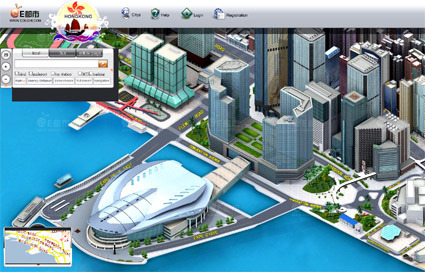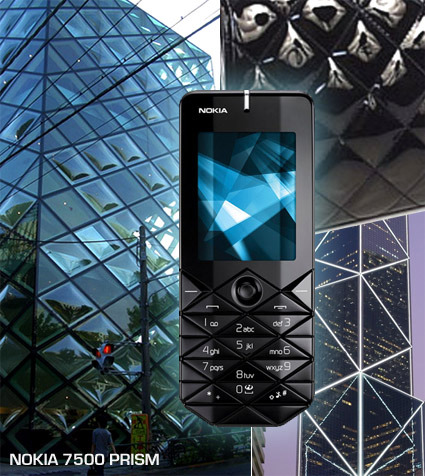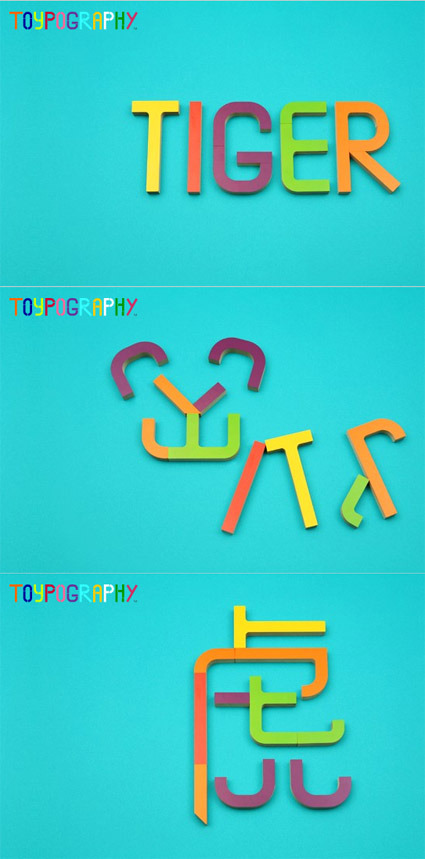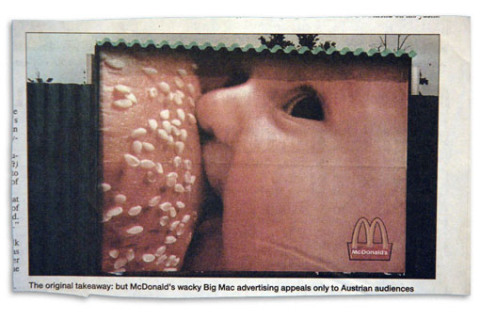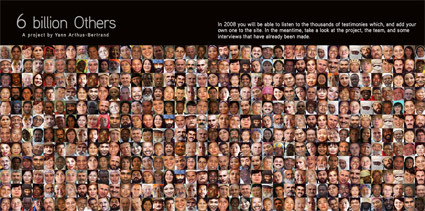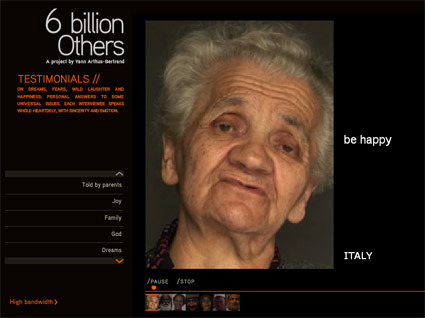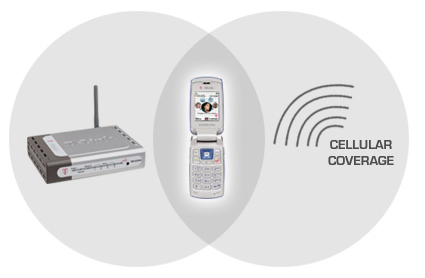
Most of us have mobile phones – they have become so pervasive in modern life that mobile phone usage rate in some major cities like Singapore and Hong Kong have passed 100%, and in Luxembourg, the figure actually stands at a whopping 164% (1.64 mobile phones for every person).
And yet, many of us still keep a house phone – some may keep them because of latency or legacy (some old friends may only have that as contact), but most of the time the reason is more economical – phone charges on the mobile phone is much more expensive than a residential land line, and so it still makes sense if there is moderate to heavy usage of telephones while at home.
T-Mobile recognized this, and came up with the mobile phone that can “roam” across both cellular and home WiFi networks.
When it’s in a Wi-Fi wireless Internet hot spot, this phone offers a huge bargain: all your calls are free. You use it and dial it the same as always — you still get call hold, caller ID, three-way calling and all the other features — but now your voice is carried by the Internet rather than the cellular airwaves.
These phones hand off your calls from Wi-Fi network to cell network seamlessly and automatically, without a single crackle or pop to punctuate the switch. As you walk out of a hot spot, fewer and fewer Wi-Fi signal bars appear on the screen, until — blink! — the T-Mobile network bars replace them. (The handoff as you move in the opposite direction, from the cell network into a hot spot, is also seamless, but takes slightly longer, about a minute.)
It’s about time! Works with any router (great!) – but with T-Mobile’s, you get some advantages like the router prioritizing your call so downloads won’t degrade the call quality.
I’ve been waiting for this for a long time, and I do hope it comes to where I stay. That will sure save some money!
[via New York Times]



